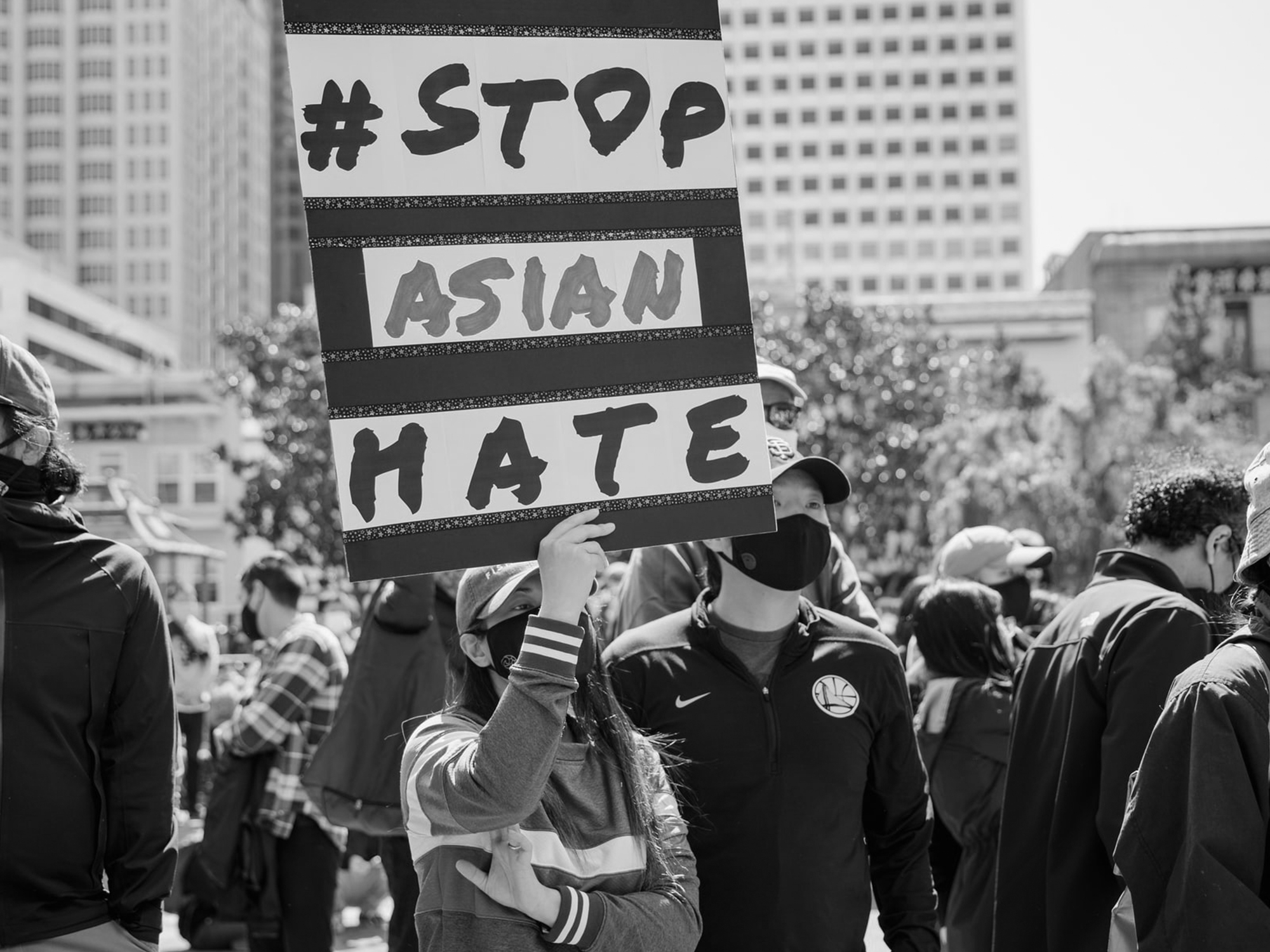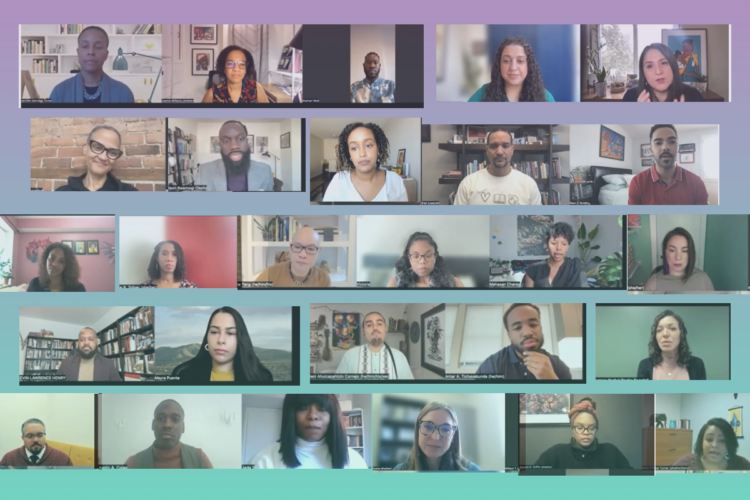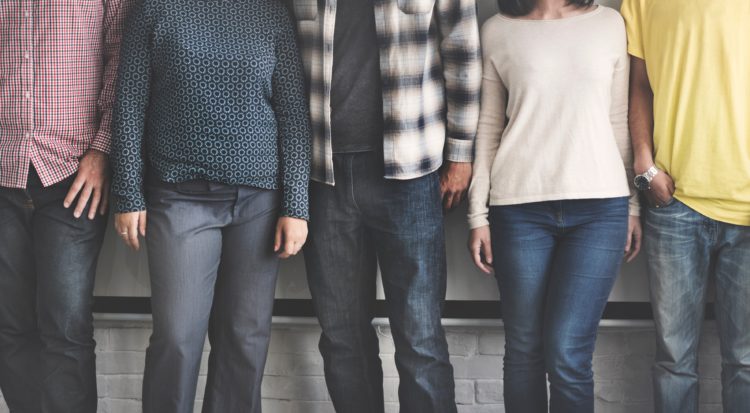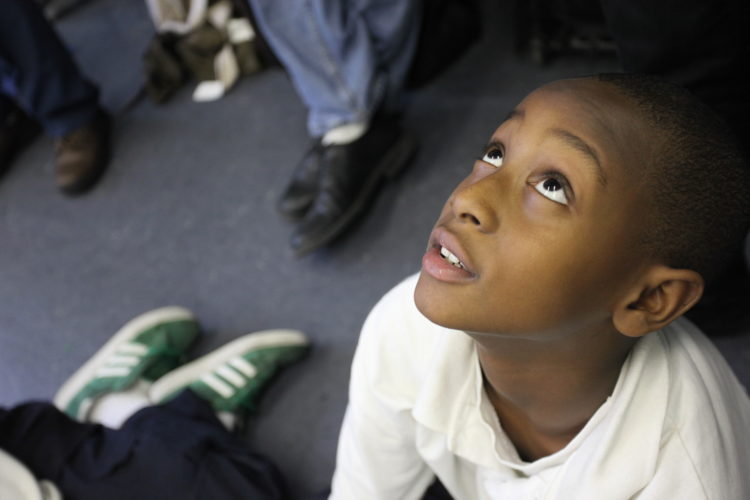“Our ultimate objective in learning about anything is to try to create and develop a more just society.”
— Yuri Kochiyama
A year ago, on March 13, 2020, as the pandemic began shutting down much of the country, I stood outside a hotel in Atlanta waiting for a ride share to take me to the airport. It usually took no time at all to book a ride, but driver after driver declined my pick-up. Finally, a driver arrived. But when he saw me, he cancelled the ride, backed his car away from the driveway, and left.
Since last March, Stop AAPI Hate has documented 3800 incidents of anti-Asian racism across the country, ranging from civil rights violations to physical assault. In my personal life, I have not worried about my own safety, so much as for my elderly mother’s. Even as I have encouraged her to get outside for walks, I have wondered whether my suggestions put her at risk of racial violence. Thankfully she has been safe, but I suspect my concern for her safety will endure. How could it not? Amid mounting attacks on Asian elders and the murders of six Asian women in Atlanta, the virility of anti-Asian racism is ever present. Beginning with the arrival of the first Asians in America 400 years ago and amplified since the outset of the pandemic, anti-Asian violence is an enduring part of American life.
Invisibility
Rich Lee and I discuss in a new paper that one of the defining features of the Asian American experience is invisibility. Although Asian Americans are the fastest growing racial group in the United States, we are often sidelined in racial discourse. Sometimes Asian Americans are overlooked unintentionally, but more often Asian Americans are (dis)regarded as less oppressed than other groups or labelled “White adjacent.”
The social science research community bears a good deal of responsibility for this invisibility. In psychology, for example, the American Psychological Association’s Monitor ran a cover story in 2019 arguing that “today’s more inclusive field of psychology wouldn’t have been possible without the dedication and determination of an earlier generation of women of color researchers.” Ten heroic women were featured, and not one was Asian American. And in over 40 years of the association’s flagship American Psychologist journal, only 7 articles included Asian Americans in the title (Yip et al., in press).
Although Asian Americans are the fastest growing racial group in the United States, we are often sidelined in racial discourse
The funding community also bears responsibility for this invisibility. A new report from Asian Americans and Pacific Islanders in Philanthropy reveals that 0.2% of philanthropic grantmaking goes to Asian American and Pacific Islander (AAPI) communities. An article in the Journal of the American Medical Association similarly finds that less than 0.2% of research funding from the National Institutes of Health (NIH) focuses on AAPI communities. Not one penny on the dollar goes to Asian American and Pacific Islander communities. Yet despite these dismal numbers, when Borealis Philanthropy launched a Racial Equity in Philanthropy Fund in 2018, associations representing Black, Indigenous, and Latinx people were supported while the group representing Asian Americans and Pacific Islanders was rejected. Similarly, NIH recently announced a very important initiative (NIH UNITE) to address structural racism, but neglected to include Asian American communities.
Asian Americans are also underrepresented in public policy, making up 3% of Congress and 3.7% of the Senior Executive Service. The Biden Administration is touted as having the most racially diverse Cabinet in history, and yet not one Cabinet secretary will be Asian American. The March 16 murders in Atlanta have further heightened concerns about the lack of Asian American senior advisors in the White House who can bring knowledge and connections to the community to the administration’s response. As one advocate stated recently, “We admire the selection [of Kamala Harris, who is Indian American, as Vice President]. She cannot be our point person for this. That’s not her job…Give us a senior staff person in the White House who gets our issues.”
Unpacking Asian American
Tackling anti-Asian racism and making visible the experiences of Asian Americans first requires unpacking what Asian American means. The concept arose from a group of largely Chinese, Japanese, and Filipino activists in the 1960s who responded to a century of White mob violence, harassment, and exclusionary policies by joining their communities together in a panethnic social movement. Like the Black Power, Chicano, and American Indian movements, the Asian American movement sought self-determination and liberation in the face of systemic racism. For Asian Americans, this meant rejecting the White supremacist label of Oriental and its allusion to perpetual foreigners—whether they be exotic Asian women or emasculated Asian men. Faced with a shared struggle against racial oppression, the different ethnic groups came together to build greater political power than any one group could mobilize on its own.
People become Asian when they arrive in the U.S. and are racialized through an American lens
It is important to note that there are no Asians in Asia. On that side of the Pacific Ocean, people are Thai, Vietnamese, Chinese, Bengali, Japanese, Indian, Japanese, Malay, Pakistani, Taiwanese, Korean, Cambodian, Lao, and so on. People become Asian when they arrive in the U.S. and are racialized through an American lens. People become Asian Americans when one group is mistaken for another because “they all look alike,” when Chinese are blamed for spreading disease to “real Americans,” when women with black hair and dark eyes are fetishized as exotic sexual objects, and when their children are assumed to be good students overtaking top colleges by sheer hard work and uncomplaining perseverance. People become Asian American when they develop consciousness about their shared experiences of discrimination in the U.S., when they develop a political identity based on that consciousness, and when they organize collectively to create a voting block and advocate for greater resources to underserved groups. Those are the moments when people become Asian Americans.
When researchers use the term Asian American as a racial category without unpacking its meaning, they dissociate the term from racism and the process of racialization. In one quick swoop, they strip a powerful sociopolitical concept of its significance while simultaneously obscuring White supremacy.
At the Foundation, we receive few proposals that focus on Asian Americans, which is not to say that projects don’t include Asian Americans in their samples. Too often, however, these proposals lack theorizing about race, racism, or racialization for Asian Americans. For example, some studies on education inequality compare the outcomes of Asian American, Black, Latinx, and White students, but miss the meaning of those racial categories. This is particularly problematic given the very different ways that Black, Latinx, and Asian American students are racialized. In fact, the Asian American stereotype as “the Model Minority” was constructed in direct opposition to African Americans. The stereotype arose in the social sciences and journalism in the 1960s as a way to counter the demands for structural change coming from African American activists, and the stereotype has persisted as a political tool to thwart calls for systemic change. Failing to address this broader context perpetuates a narrative entrenched in White supremacy that pits communities of color against each other.
Moving Forward
Moving forward, the Foundation hopes to support more solution-oriented research that not only richly theorizes anti-Asian racism but also identifies ways to counter racism, xenophobia, and other forms of oppression. Specifically, we seek research on policies, programs, and practices to reduce inequality and promote the well-being of Asian American youth. We welcome research that prevents racial bullying and harassment against Asian American students—likely precursors to the adult anti-Asian violence we are witnessing across the country. Intervention research might focus on fostering critical consciousness about anti-Asian racism, inducing bystanders to disrupt discrimination, or promoting stronger relationships among Asian American, Black, Latinx, Indigenous, Middle Eastern, and White youth.
the Foundation hopes to support more solution-oriented research that not only richly theorizes anti-Asian racism but also identifies ways to counter racism, xenophobia, and other forms of oppression
We also welcome research that examines ways to improve outcomes for the most marginalized and underserved youth in the Asian American community. This includes studies that identify strategies for promoting the physical safety, emotional well-being, and identity development of Asian American lesbian, gay, bisexual, and transgender youth. This also includes projects examining policies to improve low-income Asian Americans’ access to and take up of social services, as well the impact of those services on youth. Given the heightened xenophobia of the past four years, we appreciate studies that counter restrictive eligibility requirements that further marginalize undocumented Asian American youth and those in mixed status families from social programs and broader American institutions.
We recognize that mitigating the negative impacts of racism and xenophobia is not nearly enough, and we welcome studies that seek to dismantle the structural foundations of inequality. We know that Asian American and Pacific Islander youth, along with their Latinx and Black peers, are at the forefront of movements for immigrant justice and racial justice. We welcome applications from researchers who partner with young people to study the impact of their organizing and movement-building strategies on policy, or that identify ways to amplify policy impact. Given the toll that organizing work takes on youth and adults alike, we also appreciate the need for studies that identify ways to prevent burnout, and promote the well-being, of the young people on the frontlines of social change.
Invisible No More
While racism against Asians in America has existed since Filipinos came to “New Spain” 400 years ago, this past year of living through a pandemic and the relentless racial violence has stimulated hard moments of reflection. The story I shared in the introduction is one that I did not remember until a colleague reminded me of it. Another friend recently reminded me of the many times we have been racially harassed while walking through the streets of New York City, long before the pandemic. Those, too, were incidents that I had forgotten. I have been asking myself why I buried those experiences in my mind. After all, I am not new to anti-Asian racism. I have studied and taught Asian American Studies, written and presented about anti-Asian racism, and led Asian American advocacy efforts. And yet, I too have contributed to a muting of anti-Asian racism and the invisibility of my own community, and I did this even as I advocated for other racially marginalized communities.
As demonstrations for Black Lives spread across the country last summer, following the murder of George Floyd, I wrote about how the research community could meet this historic moment for racial justice. I renew that call today with a focus on tackling anti-Asian racism. At the William T. Grant Foundation, we welcome research that richly theorizes race, racism, and racialization and is solution-oriented in terms of studying policies, programs, practices, and social movements that counter racism and xenophobia against Asian American youth.
The metaphor I used in my previous post—“the long road to justice”—still seems apt. I hope we can walk that road together with a commitment that Asian Americans will be invisible no more.
References
Yip, T., Cheah, C., Kiang, L., Hall, G., & Comas-Diaz, L. (In press). “Rendered Invisible: Are Asian Americans a Model or a Marginalized Minority?” American Psychologist.






